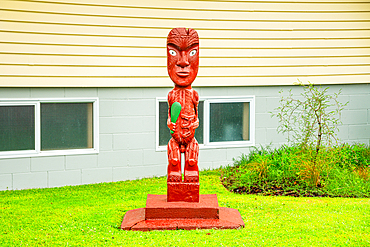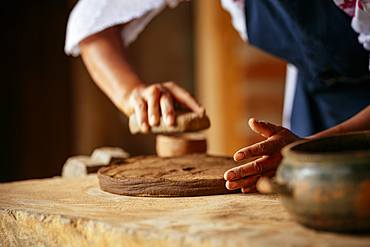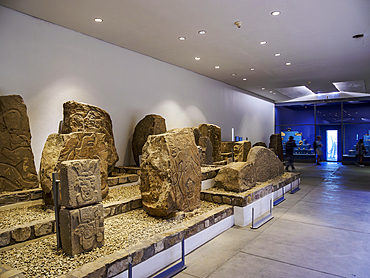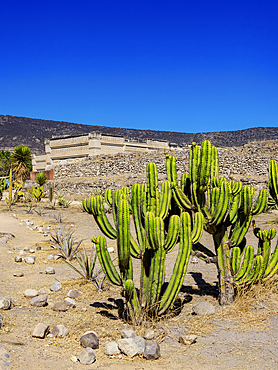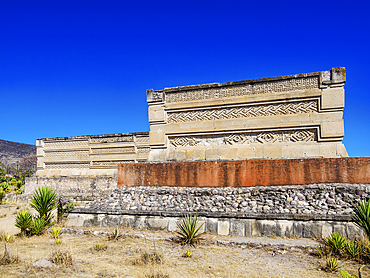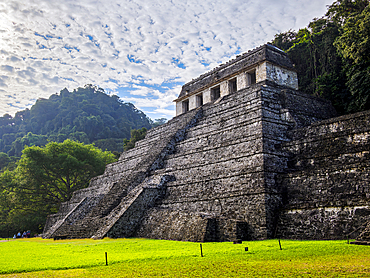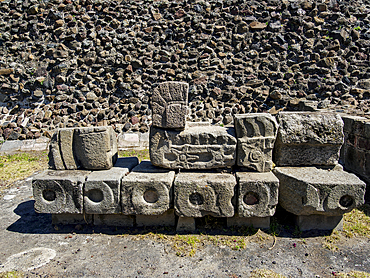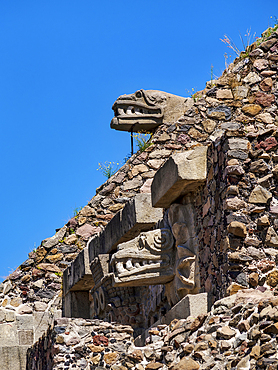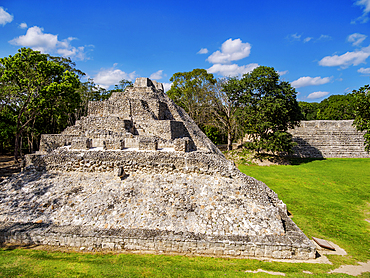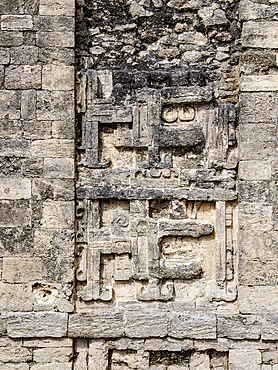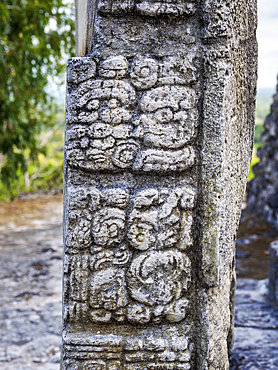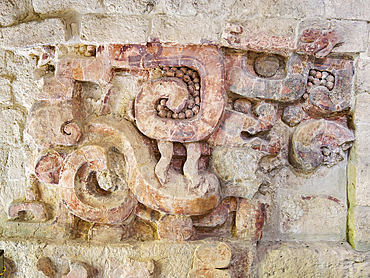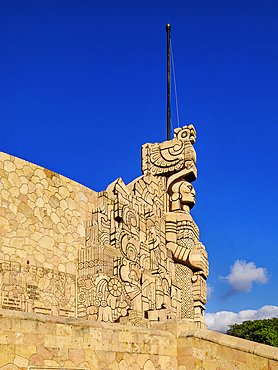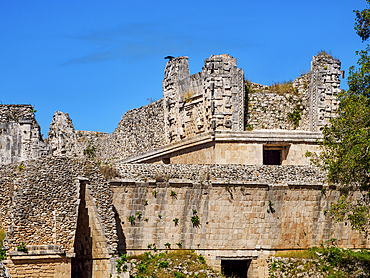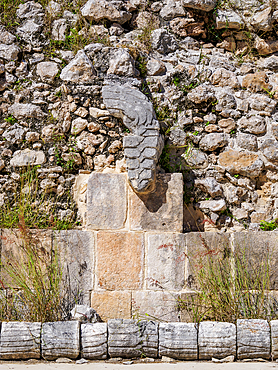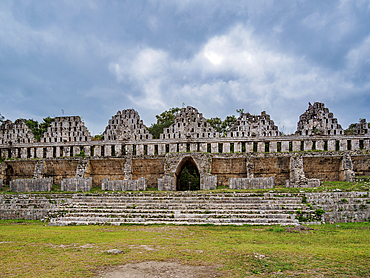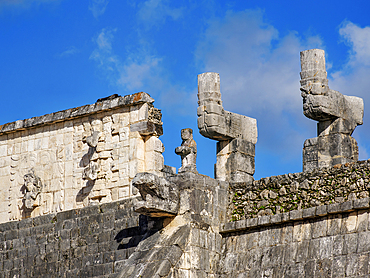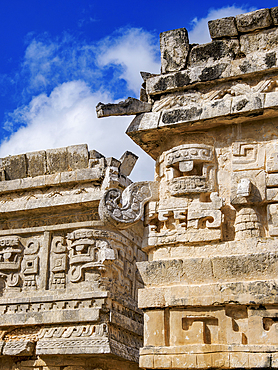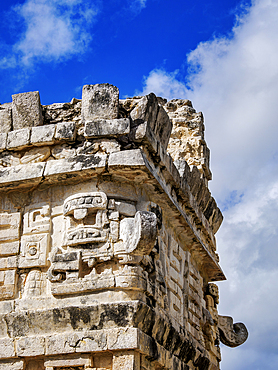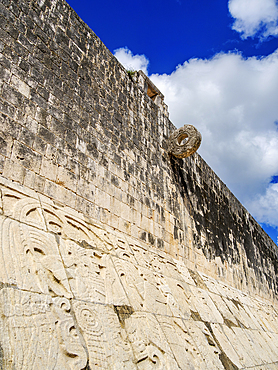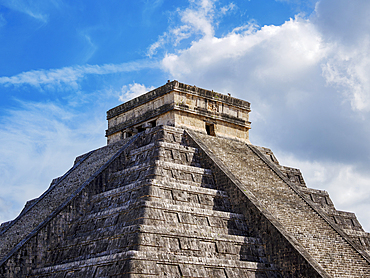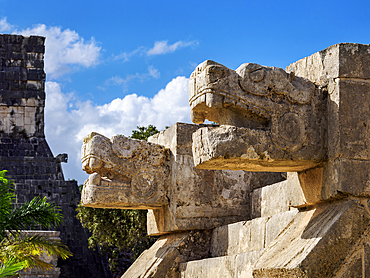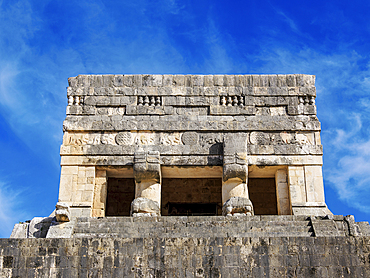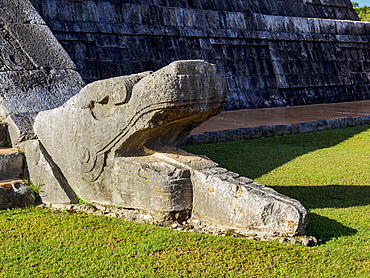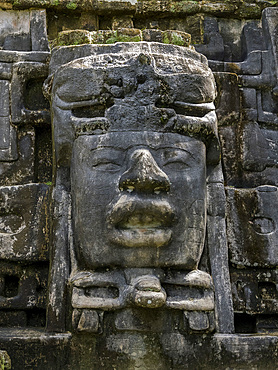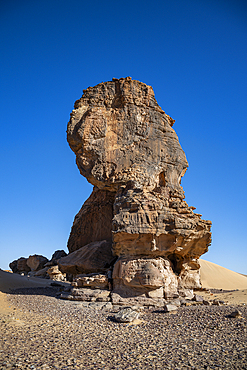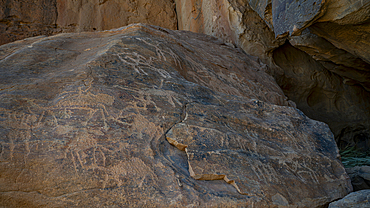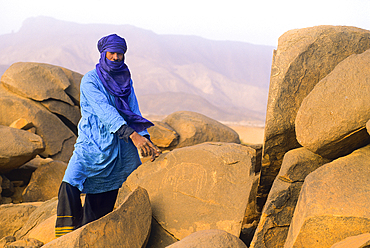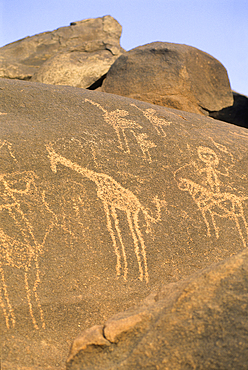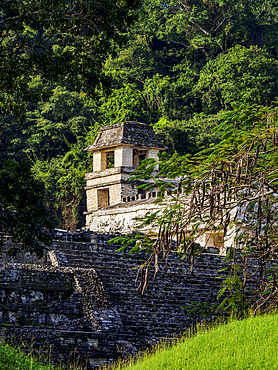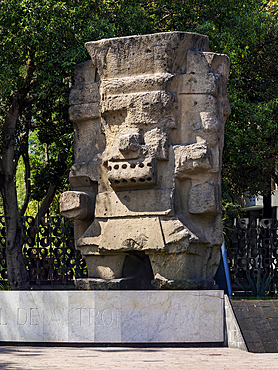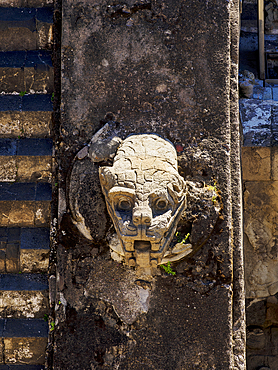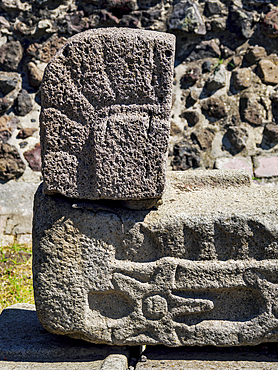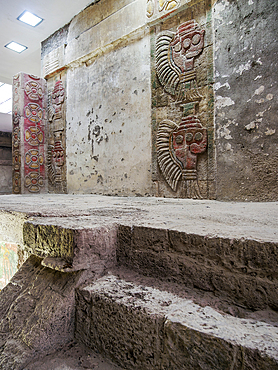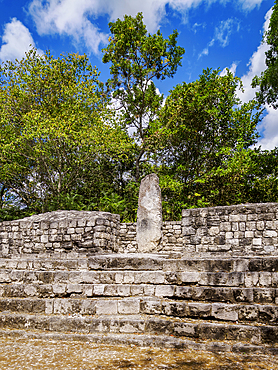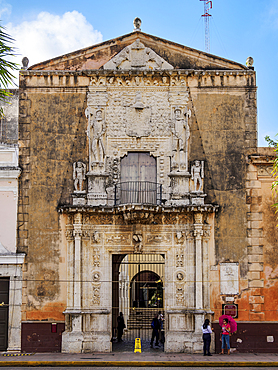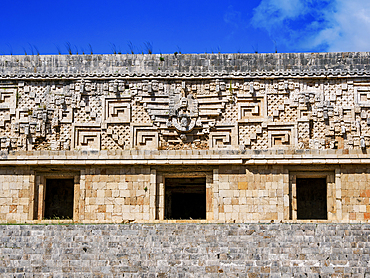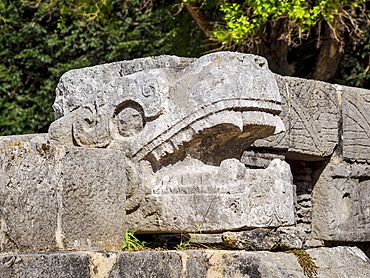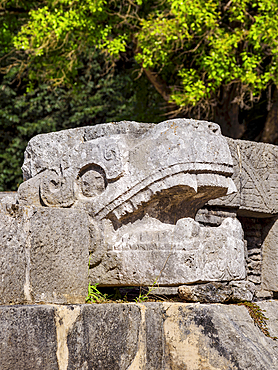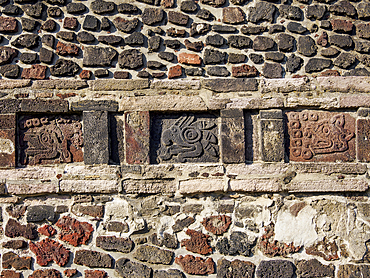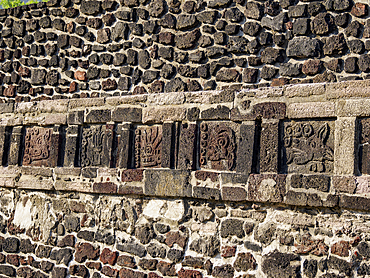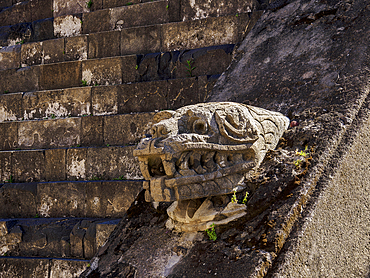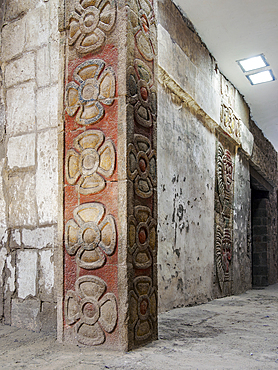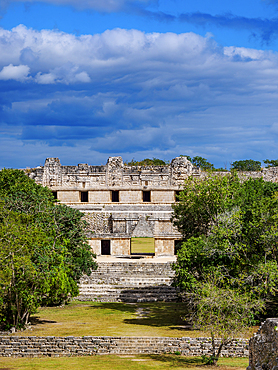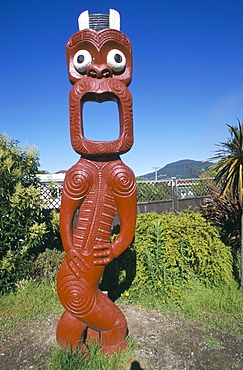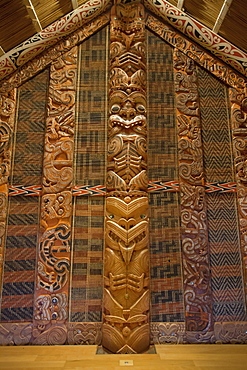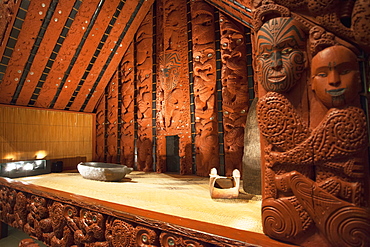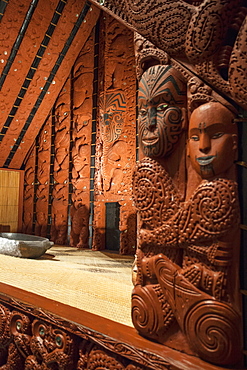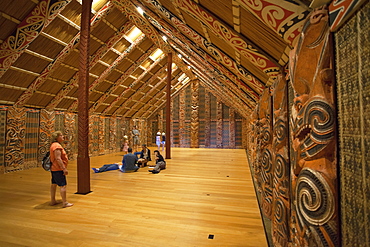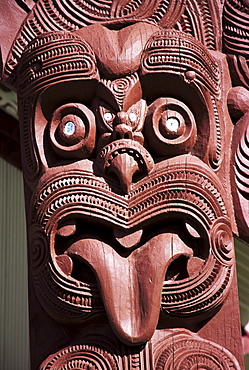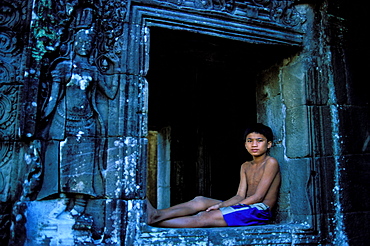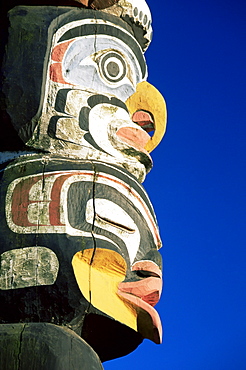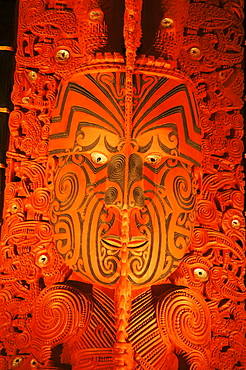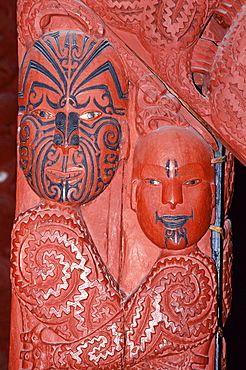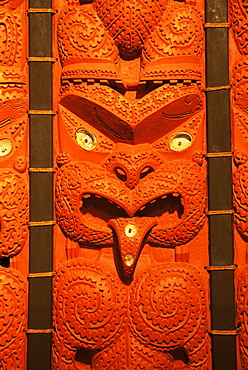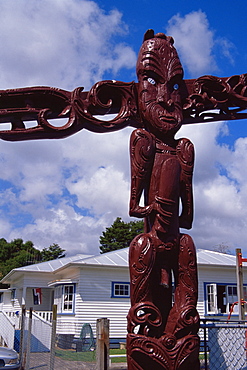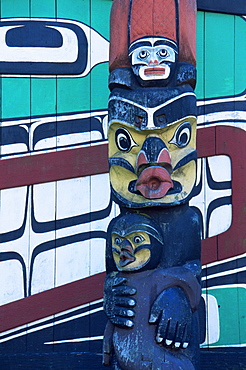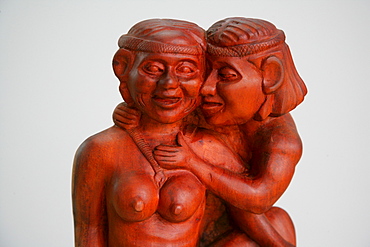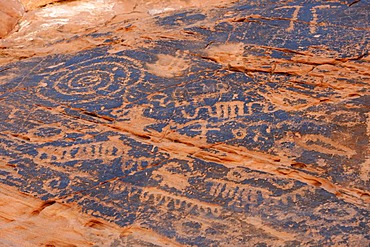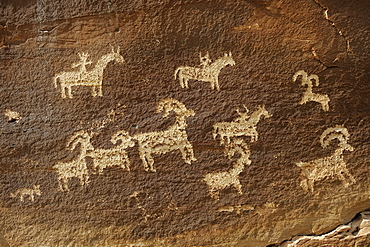Results
78 results found
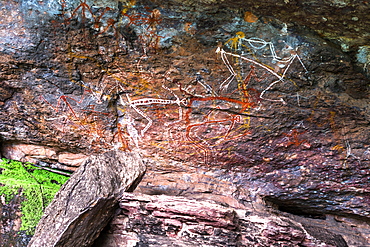
Indigenous rock art at Nourlangie, Kakadu National Park, UNESCO World Heritage Site, Northern Territory, Australia, Pacific
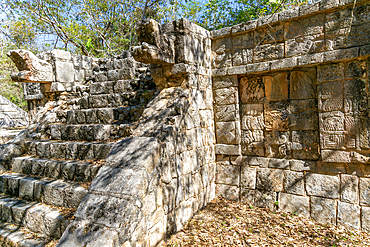
Carved stonework figure, possibly erotic on smaller building, Mayan ruins, Chichen Itza, UNESCO World Heritage Site, Yucatan, Mexico, North America
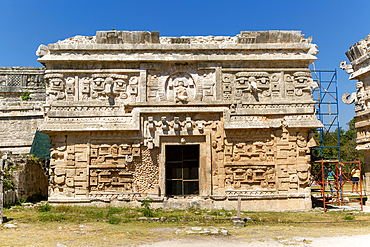
Elaborate decorated stone facade in Monjas complex, The Nunnery (Nuns House), Mayan ruins, Chichen Itza, UNESCO World Heritage Site, Yucatan, Mexico, North America

Detail of 18th century decoration in indigenous cement on brickwork in the Talatal Ghar Ahom Palace, Rangpur, Sivasagar, Assam, India, Asia

Museum of Oaxacan Cultures, interior, Convent of Santo Domingo de Guzman, Oaxaca de Juarez, Oaxaca State, Mexico
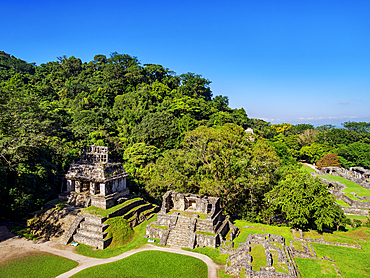
Temple of the Sun and Temple XIV, elevated view, Palenque Archaeological Site, Palenque, Chiapas State, Mexico
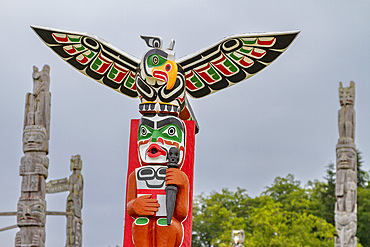
Totem poles in the cemetery of the First Nations Kwakwaka'wakw people in Alert Bay, British Columbia, Canada, North America
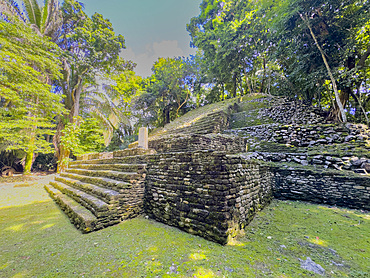
The Temple Stela 9 complex at the Mesoamerican archaeological site of Lamanai (Submerged Crocodile), Belize
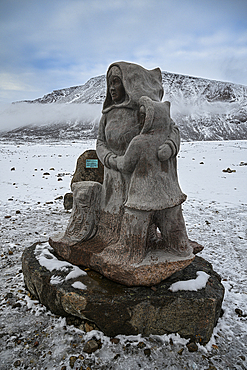
Inuit memorial, Grise Fjord, most northern community in America, Nunavut, Canadian Arctic, Canada, North America
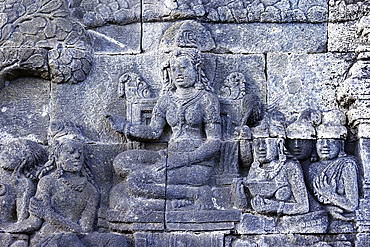
Bas-relief of life of Buddha, Borobudur, 9th-century Mahayana Buddhist temple, UNESCO, Java, Indonesia
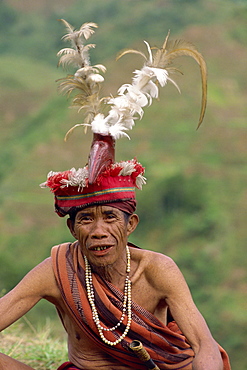
Portrait of an elderly man of the Ifugao tribe wearing a woven hat decorated with feathers and carved bird at Banaue, Mountain Province, north Luzon, Philippines, Southeast Asia, Asia
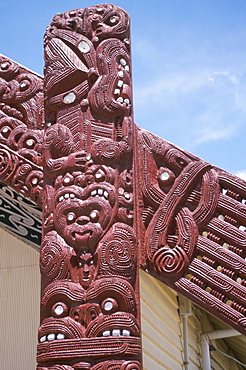
Maori carved bargeboards on meeting house, Whakarewarewa centre, Rotorua, South Auckland, North Island, New Zealand, Pacific
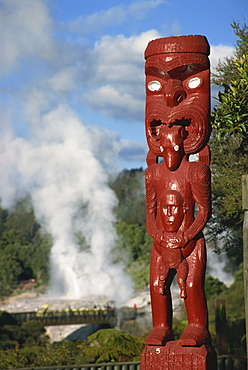
Traditional Maori carving and Pohutu geyser, Whakarewarewa, Rotorua, North Island, New Zealand, Pacific
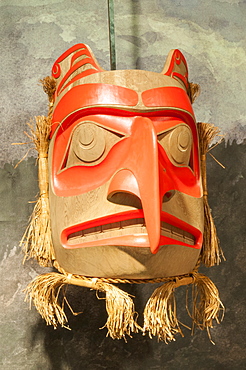
Mask at Haida Heritage Centre at Kaay Llnagaay, Haida Gwaii (Queen Charlotte Islands), British Columbia, Canada, North America
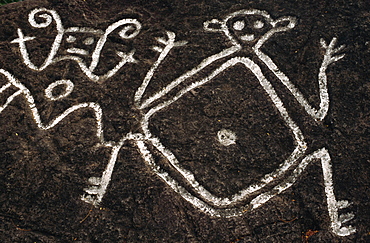
Petroglyphs carved by Caribs, Old Road Town, St. Kitts, Leeward Islands, West Indies, Caribbean, Central America
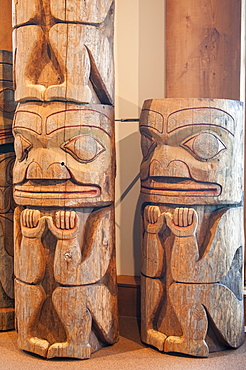
First Nation's totem poles at the Museum of Northern British Columbia, Prince Rupert, British Columbia, Canada, North America
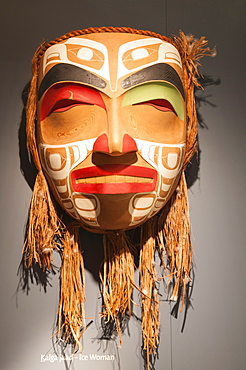
Mask at Haida Heritage Centre at Kaay Llnagaay, Haida Gwaii (Queen Charlotte Islands), British Columbia, Canada, North America
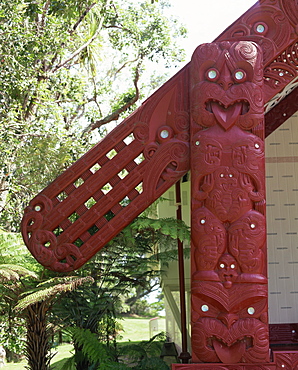
Bargeboards representing ancestors' arms on a building in the Waitangi National Reserve, Whara Runanga, at Waitangi, Bay of Islands, North Island, New Zealand, Pacific
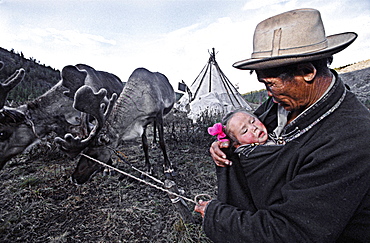
These reindeer peoples' entire existence is based around their herds of reindeer, which provide milk, skins for clothes, horn for carving and medicine, transport and occasionally, meat. the tsaatan are part of the tuvan ethnic group, which inhabits the tuvan republic of russia. there are only about 200 tsaatan in total, spread over 100,000 sq km of northern mongolia. they are nomadic, often moving their small encampments every three to four weeks, searching for special types of grass and moss loved by the reindeer. the tsaatan are strong practitioners of shamanism. west taiga, northern mongolia
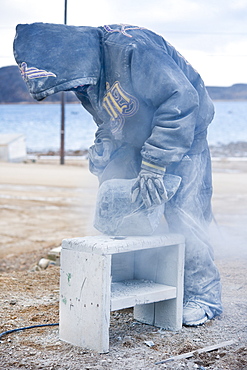
Local Inuit boy, carving from granite a polar bear. Cape Dorset, Baffin Island, Qikiqtaaluk, Nunavut, Canada, North America
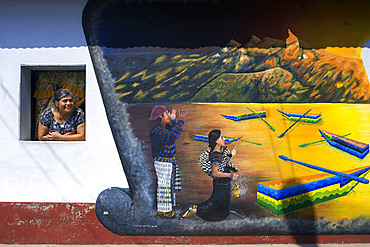
Local woman in a windows next to of a wall panting in San Juan La Laguna, Solol√°, Guatemala. Traditional mayan painting art Santiago Atitlan, lake Atitlan, Guatemala.

Local man walking in front of a wall panting in San Juan La Laguna, Solol√°, Guatemala. Traditional mayan painting art Santiago Atitlan, lake Atitlan, Guatemala.
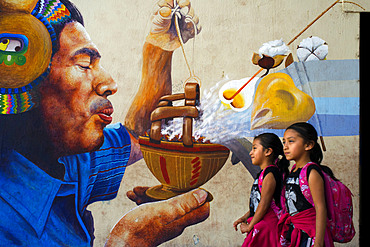
Two girs walking in front of a wall panting in San Juan La Laguna, Solol√°, Guatemala. Traditional mayan painting art Santiago Atitlan, lake Atitlan, Guatemala.
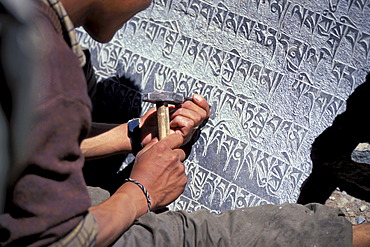
Man carving Tibetan Buddisht mantras on a stone plate, Zanskar Valley, Zanskar, Ladakh, Jammu and Kashmir, Indian Himalayas, North India, India, Asia
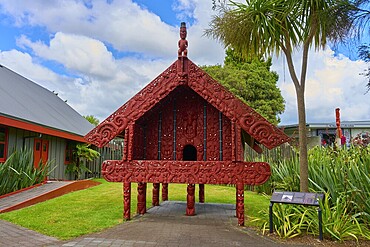
Small Maori building with red carvings surrounded by palm trees, New Zealand Maori Arts and Crafts Institute, Te Puia, Whakarewarewa, Rotorua, North Island, New Zealand
